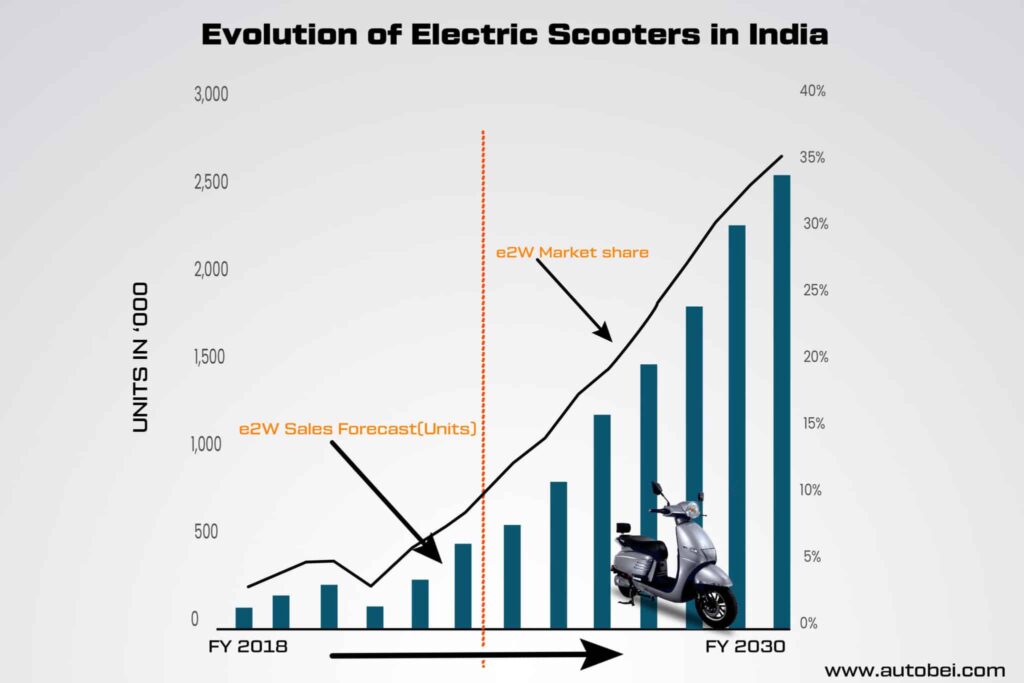
The evolution of electric scooties in India marks a significant transformation in the country’s journey toward sustainable transportation. What started as an experimental concept has today become one of the fastest-growing segments in the two-wheeler industry. EV Scooty
In the early 2000s, electric scooters were introduced in India, but they struggled to gain traction due to limited battery life, low speed, and lack of charging infrastructure. However, growing environmental awareness and rising fuel costs gradually shifted consumer interest toward cleaner and more efficient alternatives.
The real revolution began after 2015, with the launch of the FAME (Faster Adoption and Manufacturing of Electric Vehicles) scheme by the Government of India. This policy encouraged both consumers and manufacturers by providing subsidies and incentives for electric vehicles. Simultaneously, new-age companies like Ather Energy, Ola Electric, Green Mobility and Hero Electric entered the market, offering high-performance, stylish, and smart e-scooties with advanced features like fast charging, app connectivity, and long-range lithium-ion batteries.
Technological innovation played a crucial role in this evolution. The introduction of lightweight designs, swappable batteries, and improved motor efficiency made EV scooties more practical for daily use. Traditional players like TVS and Bajaj also joined the movement, expanding consumer choice and accelerating competition in the sector.
Today, India stands as one of the largest markets for electric two-wheelers. With thousands of charging stations being installed and continuous improvements in battery technology, the future of EV scooties looks bright. Growth of Electric Scooters in India
The evolution of EV scooties in India is not just about transportation—it’s about innovation, sustainability, and a collective step toward a cleaner, greener future for the nation.
Technology & Design: The Great Leap
Between around 2015 and 2020, technological advances made EV scooties more defensible:
- Battery Improvements & Cost Decline: The cost per kWh of lithium-ion battery packs fell, enabling better range at lower cost.
- Motor Efficiency & Control Systems: More efficient motors and better drive controllers improved performance, hill-climbing, and reliability.
- Smart Features: Connectivity, digital instrument clusters, mobile apps for navigation/state diagnostics, regenerative braking, and theft-protection became more common.
- Design & Usability: Early EV scooties were utilitarian and basic. Over time, designs became sleeker, with better ergonomics, color options, better suspension, and features like removable/swappable batteries. komaki+1
These improvements reduced the “range anxiety vs cost trade-off” that had previously prevented broader consumer adoption.
Conclusion
The EV scooty in India has progressed from a niche experiment to a vibrant, evolving mainstream mobility option. Fueled by technology, policy backing, and changing consumer preferences, it is helping reshape urban commuting — quieter, cleaner, and smarter. While challenges remain, the evolution is already well underway, and the coming years could very well see EV scooties dominate India’s two-wheeler landscape.

Leave a Reply